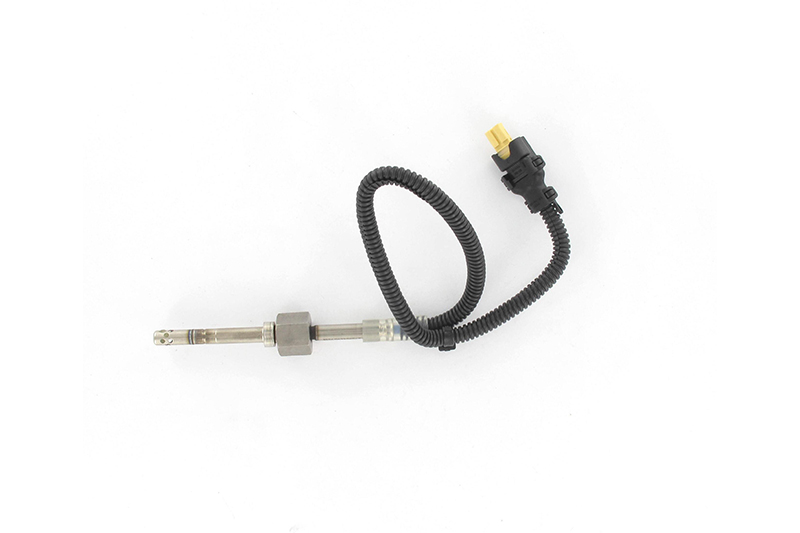
Because they are a high failure part, exhaust gas temperature sensors are becoming more in demand for repair. Here, John Wass, Engineering Director at SMP Europe, delves deeper into what the sensor does, its key components, why and how it fails and gives tips on replacement, so the aftermarket is prepared to take advantage of this rapidly expanding repair opportunity.
Exhaust Gas Temperature Sensors (EGTS) are becoming more popular in modern vehicles due to tougher emissions legislation. By measuring temperature in the exhaust system and relaying back to the ECU, they enable the vehicle systems to take appropriate action to protect key engine components.
An EGTS measures the temperature of the gas in the exhaust system. This information is then reported back to the ECU where appropriate action can be taken. Commonly in petrol engines, the sensors are relied on to protect key components from the higher temperatures commonly found in smaller engines. In diesel engines, EGTS are also used to monitor the temperature of the DPF to maximise efficiency of regeneration and reduce harmful emissions. It is common to have three or more sensors fitted to the same exhaust system, one before the turbocharger and one either side of the DPF.
How does it work?
There are two types of EGTS: the first with positive temperature coefficient (PTC) sensing elements; and the second with negative temperature coefficient (NTC) sensing elements.
The difference between the two is how they measure temperature. PTC element sensors are the most common, where resistance increases in line with temperature. NTC elements have a high resistance at low temperature and low resistance at high temperature. In both cases a temperature is assigned to resistance in the ECU, allowing it to take action based on the feedback.
Why does it fail?
Commonly, EGTS failure is caused by exposure to extremely high temperature. In some cases, over 900°C. As with many components, particularly sensors, severe vibrations can loosen internal connections and bending/twisting can cause wire failure.
Combining these with contamination from fluids, such as oil or antifreeze, can affect the EGTS’s response efficiency, causing it to drift out of tolerance and provide the ECU with inaccurate information.
Symptoms of failure include the engine light appearing on the dashboard, a reduced fuel efficiency, unnecessary DPF regeneration, a failed emissions test or component failure.
Troubleshooting
To diagnose a faulty EGTS, technicians are advised to follow a series of steps.
Firstly, they should read fault codes using a diagnostic tool and then conduct a visual inspection for signs of corrosion or loose connections, as well as visually inspecting the wiring for signs of breaks or damage and the EGTS for build-up of contaminants before cleaning if required.
Technicians then need to use a separate IR measurement device to test the sensor and compare to live data obtained when using the diagnostic tool, ensuring the engine is running to build exhaust temperature.
With the ignition on, and EGTS sensor disconnected, they can then measure the voltage at the connector. This should be 5v, but if it isn’t, the wire should be traced back to the ECU to check supply there.
Replacement
After locating the faulty sensor, technicians should disconnect the connector and unscrew the thread using a socket wrench, with care so as not to damage surrounding components.
They should then prepare the replacement sensor(s) with an anti-seize compound to the thread where required, without greasing the sensor nose. Next, they need to install the replacement EGTS and torque, tightening them to the manufacturer’s specifications, before attaching the electrical connector, followed by the negative battery terminal.
Any related fault codes can then be deleted using a diagnostic tool and the vehicle ignition can be turned on to confirm that the check engine light is off and the exhaust system functions correctly
Finally, the technician should then perform a road test to confirm that the vehicle is performing as desired.









